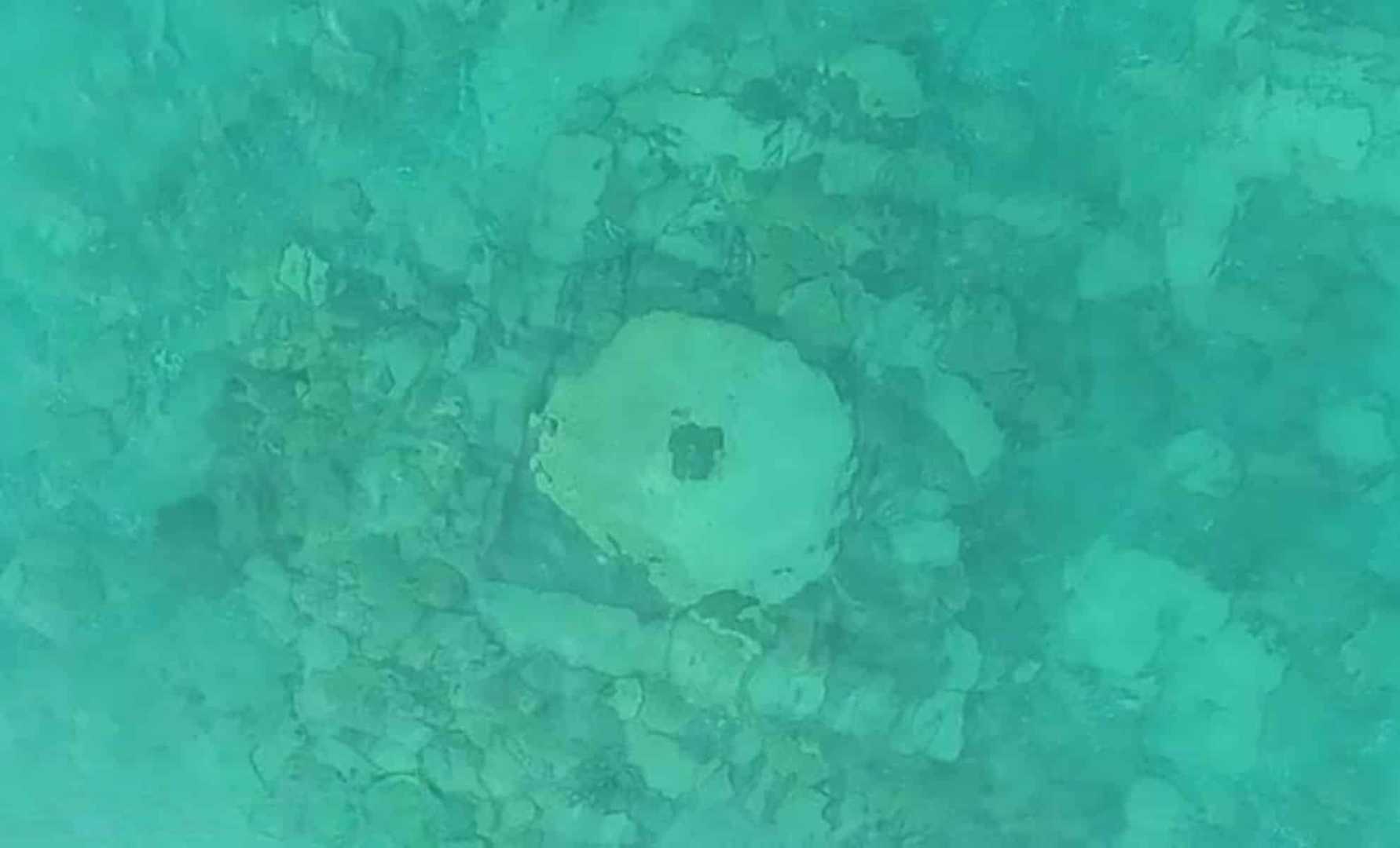News
Ancient City Discovered Under Lake Issyk-Kul in Central Asia

BISHKEK, Kyrgyzstan — Scientists have uncovered the remains of a long-lost city beneath the surface of Lake Issyk-Kul, a significant find that may reshape our understanding of medieval trade centers in Central Asia. The discovery, announced on November 19, 2025, reveals a submerged urban settlement thought to have thrived along the Silk Road.
The ruins were found near the Toru-Aygyr complex, which lies on the northwestern edge of the lake, now the eighth-deepest in the world. Excavations in four underwater zones uncovered structures, including mudbrick walls, wooden beams, and carved millstones, all preserved in silt.
Researchers believe one area points to a necropolis dating back to the 13th-14th centuries, where skeletons are aligned to face the qibla, a practice consistent with Islamic burial traditions. Another section shows signs of post-burial construction, suggesting the city grew over time.
“Everything we’ve uncovered points to a highly organized urban settlement,” said Valery Kolchenko, lead expedition archaeologist from the National Academy of Sciences of the Kyrgyz Republic. “This wasn’t a village — it was a trade hub, a stopping point for people, goods, and ideas.”
The Russian Geographical Society supports the expedition, which is conducting further analysis of the artifacts recovered. Researchers are using accelerator mass spectrometry dating to determine their age, with results anticipated to align with a significant seismic event in the 15th century, which may have led to the city’s abandonment.
Lake Issyk-Kul has long been considered a strategic location along the Silk Road, a major trade network from 200 BCE to the 15th century. However, direct archaeological evidence of urban activity in the region remained limited until now. This discovery suggests that Toru-Aygyr may have been a crucial center for merchants and scholars.
Dr. Aida Turgunbayeva, a historian at Kazakh National University, emphasized the importance of the lake: “There’s no Silk Road without water, and Issyk-Kul was a lifeline. If the structures being studied prove to be what we think they are, this could shift the center of gravity in how we map ancient trade across the region.”
Archaeologists also uncovered a public building that may have acted as a madrassa or bathhouse, along with ceramic vessels and intricate brickwork, which suggest sustained settlement.
While submerged cities like Dwarka in India and Pavlopetri in Greece have been identified globally, the alignment of the Issyk-Kul find with documented trade infrastructure sets it apart.
Investigators are exploring the cause of the city’s submergence, with early assessments indicating a powerful tectonic event. Historical records from Chinese and Persian sources reference destructive earthquakes in the area around the early 1400s, coinciding with the believed abandonment of the settlement.
“Medieval urban systems, especially those on trade corridors, were incredibly adaptive,” said Dr. Naomi Ziegler from Cambridge University. “But they were also fragile in the face of compounding stressors. Natural disasters often delivered the final blow to already vulnerable settlements.”
This pattern reflects other Silk Road collapses, where vibrant cities vanished from maps and cultural memory, leaving scant records behind.












